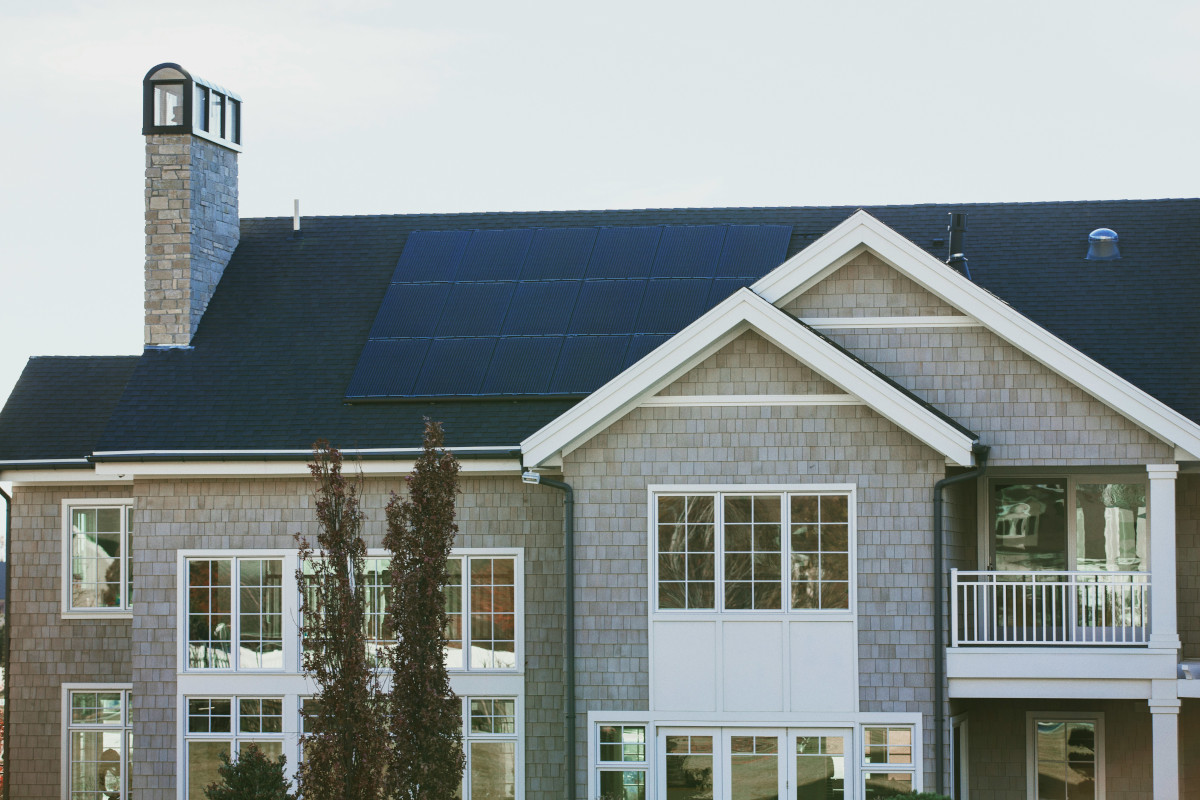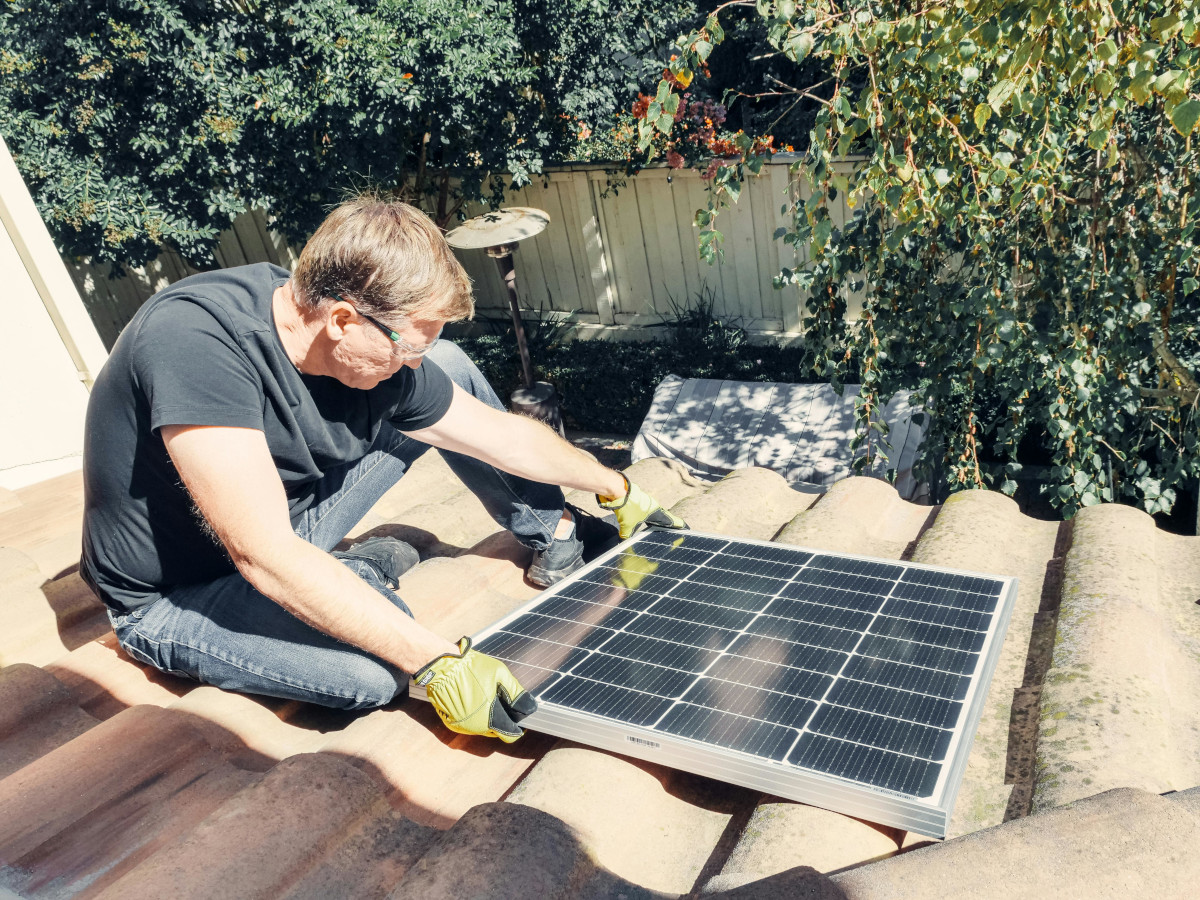Choosing Home Solar Panels:
A Guide to Making the Right Decision
As the world becomes more aware of the need for renewable energy sources, homeowners are increasingly turning to solar panels to power their homes. Solar panels from Solar Energy Hackers (SEH) can significantly reduce energy bills, provide energy independence, and reduce a household's carbon footprint. However, choosing the right solar panels for a home can be a daunting task, with so many options available.

When choosing solar panels, homeowners should consider several factors, including the panel material, the type of solar inverter, and the type of mount. They should also choose a brand that offers at least a 10-year warranty for product and materials and a 25-year warranty for performance. Additionally, homeowners may be able to save 30-50% off the cost of their solar panels by applying for a government rebate.
It's important for homeowners to do their research and consult with professionals before making a decision on which solar panels to install. By choosing the right solar panels for their home, homeowners can reap the benefits of renewable energy and contribute to a more sustainable future.
Understanding Solar Panel Technology
Types of Solar Panels
When choosing solar panels for a home, there are two main types to consider: monocrystalline and polycrystalline. Monocrystalline solar panels are made from a single crystal of silicon and are known for their high efficiency. They have a uniform black color and can be more expensive than polycrystalline panels. Polycrystalline solar panels, on the other hand, are made from multiple crystals of silicon and have a blueish tint. They are less expensive than monocrystalline panels but are also less efficient.
Efficiency and Performance Metrics
Solar panel efficiency is the measure of how much sunlight a panel can convert into usable electricity. The efficiency rating is expressed as a percentage and can range from 15% to 20%. A higher efficiency rating means that a panel can produce more electricity in the same amount of space. It is important to note that a higher efficiency rating does not necessarily mean a better panel, as other factors such as cost and durability should also be considered.
Temperature Coefficients and Degradation
Temperature coefficients and degradation are important factors to consider when choosing solar panels. Temperature coefficient refers to how much a panel's efficiency decreases as the temperature increases. A lower temperature coefficient means that a panel will perform better in hot weather. Degradation refers to how much a panel's efficiency decreases over time. Most solar panels have a degradation rate of around 0.5% per year, but some panels have a lower degradation rate.
Selecting the Right Solar Panels for Your Home
When it comes to choosing solar panels for your home, there are a few key factors to consider. Here are some important things to keep in mind when selecting the right solar panels for your specific needs.
Assessing Roof Space and Sun Exposure
Before selecting solar panels, it's important to assess your roof space and sun exposure. This will help you determine the size and number of panels you need to generate enough energy to power your home. Ideally, your roof should have a clear, unobstructed view of the sun for most of the day. If your roof is partially shaded, you may need to install additional panels to compensate for the reduced sunlight.
Matching Panel Wattage to Power Needs
Another important factor to consider when selecting solar panels is matching the panel wattage to your power needs. The wattage of a solar panel refers to the amount of power it can produce. To determine the appropriate wattage for your home, you'll need to calculate your average daily energy consumption and then choose panels with a total wattage that exceeds that amount.
Comparing Solar Panel Warranties
When selecting solar panels, it's also important to compare the warranties offered by different manufacturers. There are three types of warranties to consider: performance warranties, product warranties, and materials warranties.
A performance warranty guarantees that the panels will produce a certain amount of energy over a specified period of time. A product warranty covers defects in the panels themselves, while a materials warranty covers defects in the materials used to manufacture the panels.
Be sure to read the fine print of each warranty to fully understand what is covered and for how long. Look for a manufacturer that offers a comprehensive warranty package with a long-term commitment to customer satisfaction.
Costs and Financial Incentives
When it comes to choosing solar panels for your home, costs and financial incentives are important factors to consider. In this section, we will explore the estimated costs of installation and maintenance, as well as the incentives and tax credits available to help offset those costs.
Estimating Installation and Maintenance Costs
The cost of installing solar panels on your home can vary depending on a few factors, such as the size of your home, the number of panels needed, and the complexity of the installation. On average, the cost to install solar panels nationwide is around $16,000. However, the size, weight, and number of panels installed can impact the cost, with the average cost ranging between $0.90 and $1.50 per watt.
In addition to installation costs, there are also maintenance costs to consider. While solar panels require minimal maintenance, they do need to be cleaned periodically to ensure maximum efficiency. The cost of maintenance can vary depending on the size of the system and the amount of cleaning needed.
Exploring Incentives and Tax Credits
Fortunately, there are several incentives and tax credits available to help offset the costs of installing solar panels on your home. One of the most significant incentives is the federal solar tax credit, which allows homeowners to deduct a percentage of the cost of their solar panel system from their federal taxes. As of 2024, the federal solar tax credit is set to expire, but homeowners can still claim a credit of up to 22% of the cost of their solar panel system.
In addition to the federal tax credit, there are also state and local incentives available in many areas. These incentives can include rebates, grants, and other financial incentives to help offset the cost of installation.
Conclusion: Choosing a Solar Installer and Going Solar

Evaluating Solar Installers and Companies
Choosing the right solar installer is crucial for the success of your solar system. When evaluating solar installers and companies, it is important to look for those with a proven track record and years of experience in the industry. You can do this by checking their reputation, online reviews, and customer feedback.
In addition, it is important to ensure that the solar installer you choose carries the proper licenses, certifications, and insurance for residential solar work in your state. Most states require solar contractors to hold a specialized solar license, electrical license, or general contractor's license.
Another crucial factor to consider when evaluating solar installers and companies is their workmanship. You want to ensure that the installer you choose has a reputation for quality workmanship and attention to detail. This will ensure that your solar system is installed correctly and will perform optimally for years to come.
Understanding the Installation Process
Once you have chosen the right solar installer and company, it is important to understand the installation process. A typical solar installation involves several steps, including:
- Site Assessment: The installer will visit your home to assess the site and determine the optimal location for the solar panels.
- Design and Permitting: The installer will design the solar system and obtain the necessary permits from your local government.
- Installation: The solar panels and other equipment will be installed on your roof or on the ground.
- Inspection and Interconnection: The solar system will be inspected to ensure it meets local codes and regulations. It will then be connected to the grid.
- Monitoring and Maintenance: The solar system will be monitored to ensure it is performing optimally. Regular maintenance will be required to ensure the system continues to work properly.
Published 2/18/24